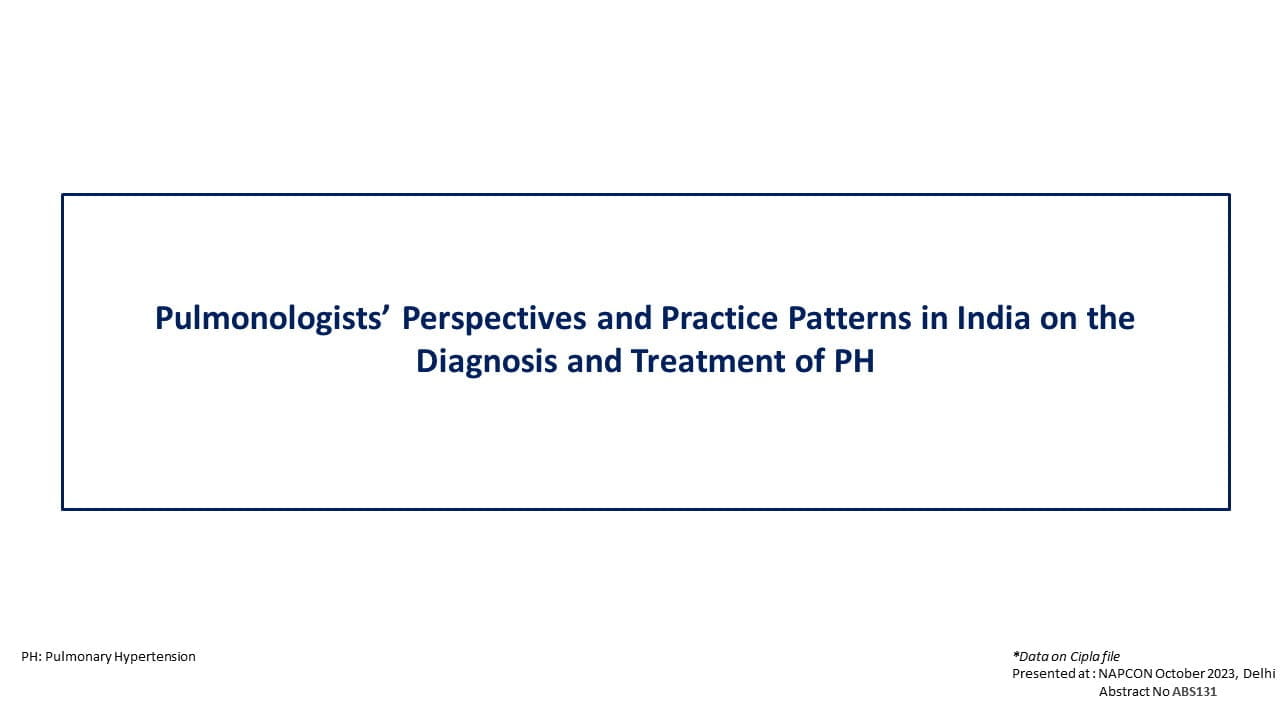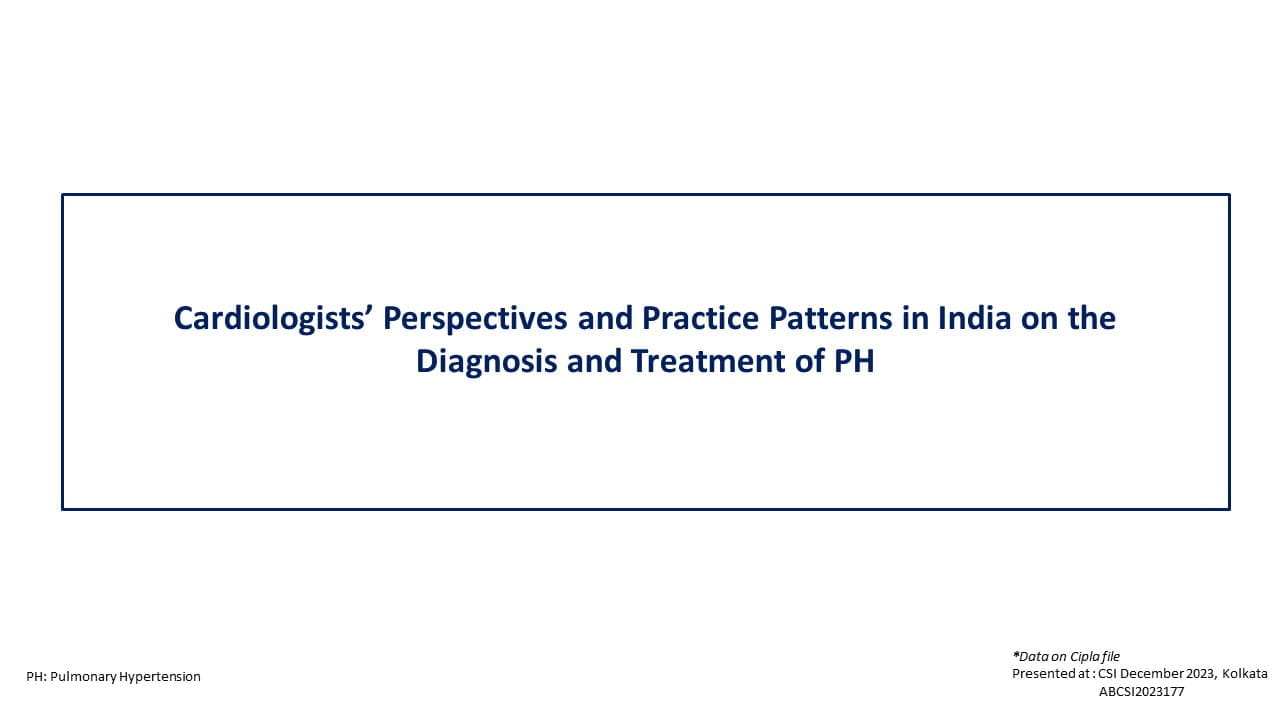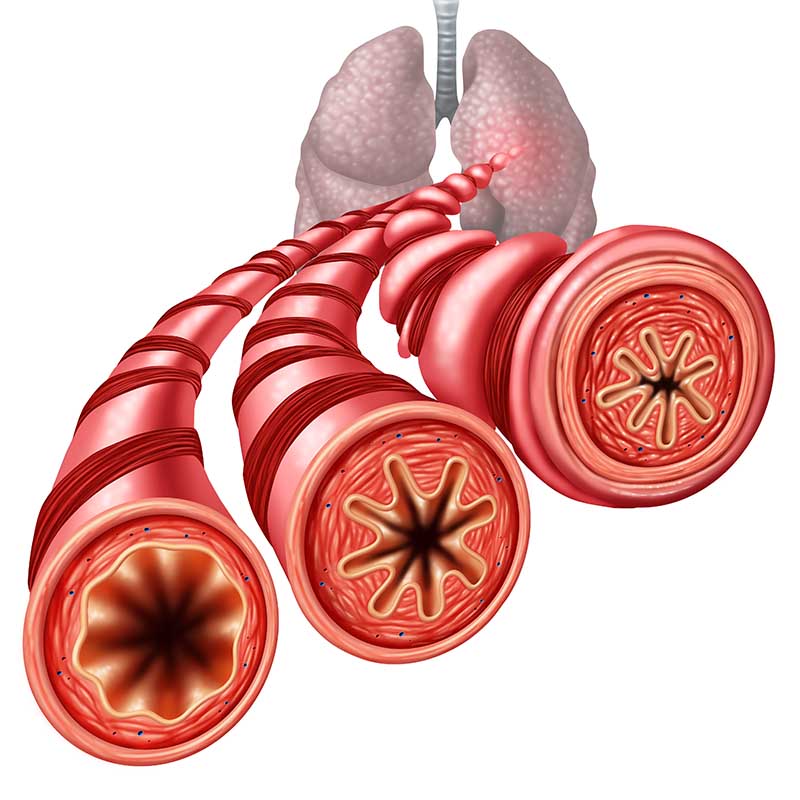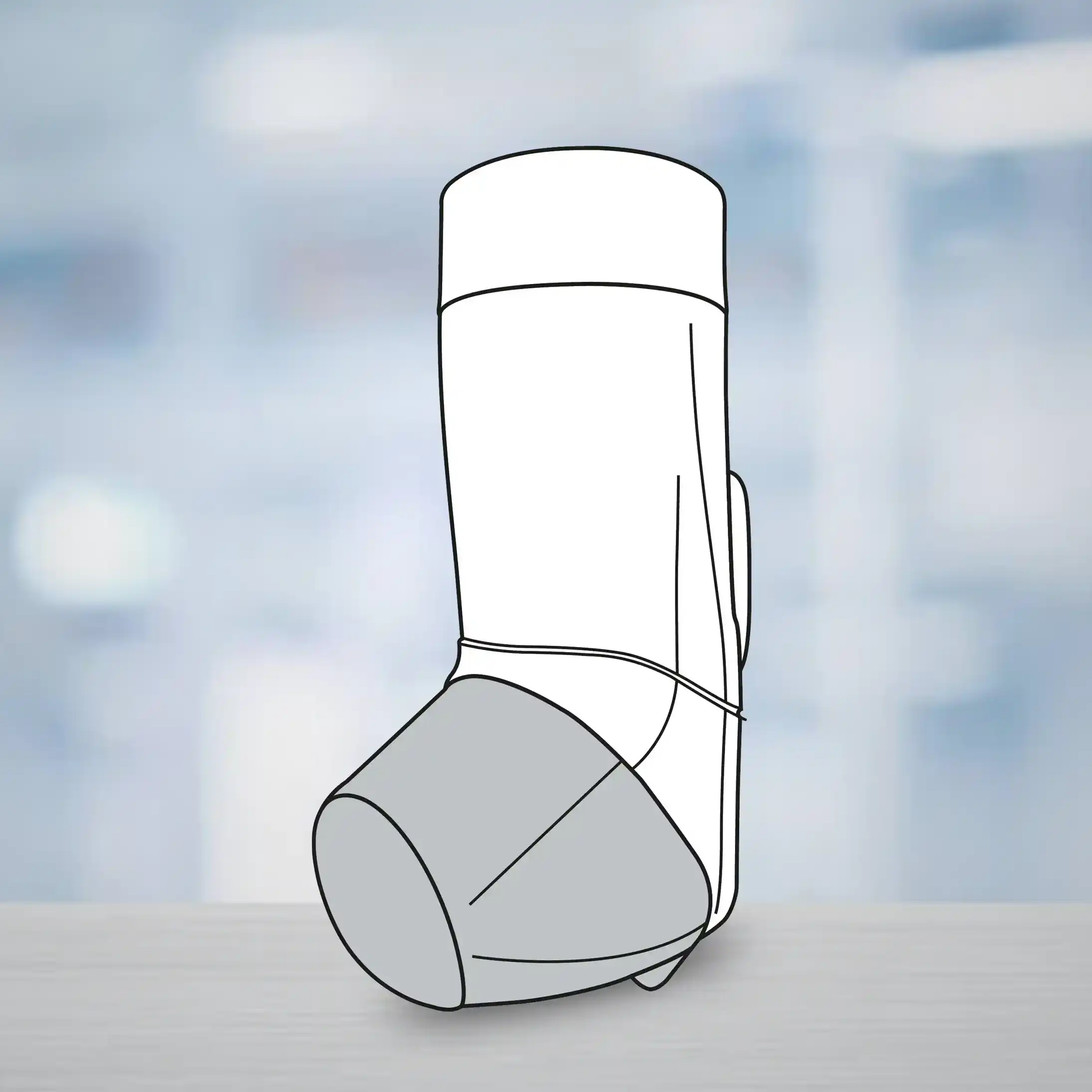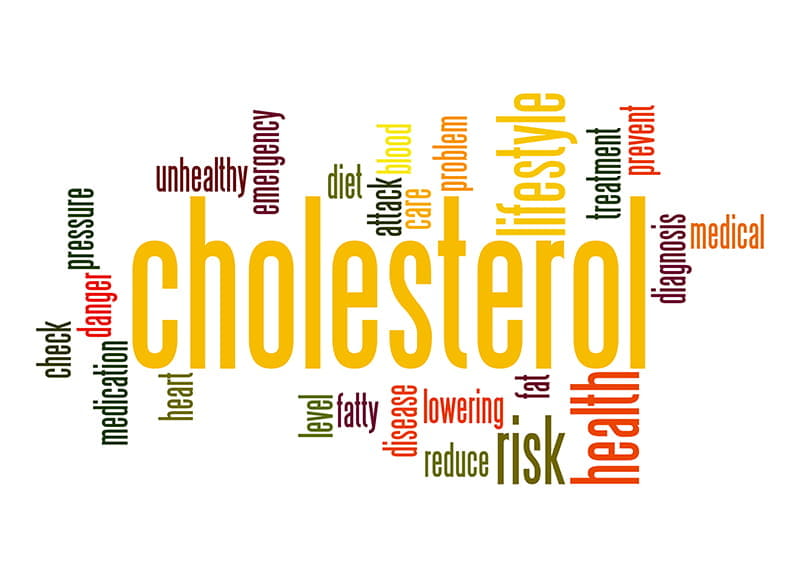Introduction
BRCA1 and BRCA2 are the primary susceptibility genes for hereditary breast and ovarian cancer syndromes, responsible for 5%-7% of breast cancer cases and 10%-15% of ovarian cancer cases.
Aim
To determine the predictive value of the location of BRCA1/ BRCA2 mutations (BRCAm) on benefit from maintenance with Olaparib and bevacizumab
Patient Profile
Patients with advanced-stage (FIGO stage III and IV) high-grade carcinoma of the ovary (endometrioid, serous, or other epithelial non-mucinous).
Methods
- Post hoc analysis of data from the PAOLA-1 trials
- 233 women with BRCA1/BRCA2 mutations were included
- Patients received maintenance therapy bevacizumab (15 mg/kg q3w for 15 mos) + either olaparib (300 mg b.i.d. for 24 mos) or placebo
- PFS was analyzed in the subgroup of patients with BRCA1m/BRCA2m according to mutation location in the functional domains of BRCA1 [Really Interesting Gene (RING), DNA-binding domain (DBD), or C-terminal domain of BRCA1 (BRCT)] and BRCA2 [RAD51-binding domain (RAD51-BD); DBD].
Results
Effect of mutated gene and exon 11 on outcomes with olaparib & bevacizumab
- No differences in efficacy of Olaparib bevacizumab were observed according to which gene was mutated [BRCA1, HR 0.26; BRCA2, HR 0.22 ; interaction P 0.64]
- Patients with or without mutations located in exon 11 of both genes derived benefit from Olaparib plus bevacizumab [exon 11, HR 0.2 ;non-exon 11, HR 0.41].
Effect of location of mutations in BRCA1 on Benefit with olaparib and bevacizumab
- Variations in PFS were noted when comparing subgroups based on the mutation locations within the various domains of BRCA1
- After a median follow-up of 25.5 months, maintenance treatment with Olaparib plus bevacizumab showed benefits regardless of BRCAm location, particularly for BRCA1m located in the DBD, who had a 24-month PFS of 89% vs 15% with placebo plus bevacizumab, while in patients with BRCA2m located in DBD had PFS rates of 90% and 100%, respectively. (Figure 1)
Figure 1: PFS according to the location of mutations in BRCA1 and BRCA2 located in DBD
DBD, DNA-binding domain
- A clinical benefit of Olaparib plus bevacizumab was observed in patients harbouring mutations located in the BRCA2 RAD51-BD [HR 0.31 interaction P 0.39], as well as in those carrying mutations in genomic locations other than DBD and RAD-51 BD (Table 1)
Table 1: PFS according to the location of mutations in BRCA1 and BRCA2
|
|
Region (AA) |
Median PFS, placebo
|
Median PFS, olaparib
|
24-month PFS, placebo
|
24-month PFS, olaparib
|
Placebo events
|
Olaparib events
|
HR |
P |
|
Gene |
|
|
|
|
|
|
|
|
|
|
BRCA1 (n = 159) |
|
17.6 |
36 |
0.2 |
0.7 |
34 |
37 |
0.26 |
<0.001 |
|
BRCA2 (n = 74) |
|
22.2 |
NR |
0.5 |
0.84 |
17 |
7 |
0.22 |
0.001 |
|
Functional domain of BRCA1 |
|
|
|
|
|
|
|
|
|
|
RING (n = 18) |
8-96 |
11 |
27.4 |
0.5 |
0.66 |
2 |
6 |
0.38 |
0.273 |
|
DBD (n = 40) |
452-1092 |
16 |
NR |
0.15 |
0.89 |
14 |
4 |
0.08 |
<0.001 |
|
BRCT (n = 33) |
1646-1736 |
19.9 |
29.6 |
0.3 |
0.59 |
6 |
10 |
0.55 |
0.265 |
|
Other (n = 68) |
1760-1855 |
16.6 |
37.2 |
0.18 |
0.67 |
12 |
17 |
0.24 |
<0.001 |
|
Functional domain of BRCA2 |
|
|
|
|
|
|
|
|
|
|
RAD51-BD (n = 36) |
900-2000 |
21.7 |
NR |
0.33 |
0.74 |
10 |
5 |
0.31 |
0.034 |
|
DBD (n =13) |
2459-3190 |
NR |
NR |
1 |
0.9 |
0 |
1 |
NC |
NC |
|
Other (n =25) |
|
24 |
NR |
0.55 |
0.93 |
7 |
1 |
0.09 |
0.025 |
|
Exon 11 mutation |
|
|
|
|
|
|
|
|
|
|
Yes (n= 123) |
|
17.6 |
37.2 |
0.24 |
0.78 |
34 |
18 |
0.2 |
<0.001 |
|
No (n = 110) |
|
19.9 |
NR |
0.45 |
0.7 |
17 |
26 |
0.41 |
0.004 |
AA, amino acid; BRCT, C-terminal domain of BRCA1; CI, confidence interval; DBD, DNA-binding domain; HR, hazard ratio; NC, not calculated; NR, not reached; PFS, progression free survival; RAD51-BD, RAD51-binding domain; RING, Really Interesting New Gene.
- A clinical benefit of olaparib and bevacizumab was noted in patients with mutations in the BRCA2 RAD51-binding domain (RAD51-BD) [HR 0.31, interaction P =0.39], as well as in those with mutations located in other genomic regions outside of the DNA-binding domain (DBD) and RAD51-BD [HR =0.09, interaction P = 0.29]
Benefit of olaparib and bevacizumab according to mutation type
- No mutation types were found to modify the benefit of olaparib plus bevacizumab, (all interaction P> 0.01)
Conclusion
The study demonstrated that all women with BRCA1/BRCA2 mutations benefit from maintenance therapy with olaparib and bevacizumab, irrespective of the mutation locations in either gene, although the extent of benefit varies.
Reference
Ann Oncol. 2023 ;34(2):152-162


